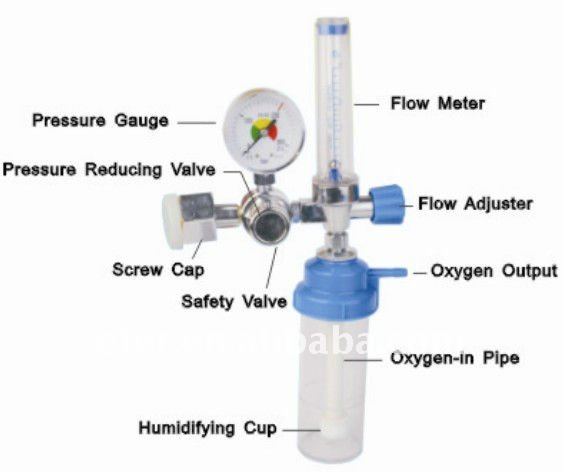
 |
Upload | Sign in |
|---|
Humidifiers are devices that emit water vapor or steam to increase moisture levels in the air (humidity).
There are several types:
1. Central humidifiers are built into home heating and air conditioning systems and are designed to humidify the whole house.
2. Ultrasonic humidifiers produce a cool mist with ultrasonic vibration.
3. Impeller humidifiers produce a cool mist with a rotating disk.
4. Evaporators use a fan to blow air through a wet wick, filter or belt.
5. Steam vaporizers use electricity to create steam that cools before leaving the machine. (Avoid this type of humidifier if you have children; hot water inside this type of humidifier may cause burns if it's spilled.)
Basic reason or Principle behind using Humidifier Humidity is the amount of water vapour transported by air or other gases and is affected by temperature.
In a healthy person, the ciliated epithelium of the nose and the upper airway tract ensures that inspired air entering the trachea is filtered, warmed and moistened so that conditions within the lungs are constant. Inspired air can be at a variety of temperatures and humidifies, depending on the environmental conditions.
Pulmonary function is most effective when the air reaching the alveoli is at body temperature (37°C) and a relative humidity of 100%. Research shows delivering at least 31mg/L(air) as measured at the pharynx, will avoid mucosal drying in a healthy adult.
Inspiring closer to 44mg/L will maximise mucociliary clearance rates, prevent drying of secretions and minimise airway moisture loss. During expiration, only 25% of the heat and moisture added during inspiration is recovered.
The heat and moisture lost (75%) must be replaced from systemic reserves.
When gas is delivered, the nasal mucosa is the first tissue encountered and the greatest contributor to its conditioning.
Low inspired humidity and high oxygen flows can overload the nasal mucosa's conditioning capabilities, and cause drying of the airway.
Systemic reserves cannot replenish the lost moisture fast enough and in a short space of time, gas conditioning and heat and moisture recovery functions will be compromised.
If this is allowed to continue, gas conditioning and heat and moisture recovery functions physically shift further down the airway to areas not normally required giving up heat and moisture. Poor humidification results in the patient's secretions becoming more viscous.
Such secretions entering the tracheal tube gradually build up a layer on the walls of the tracheal tubes. As the effective diameter of the tube decreases, the resistance to gas flow increases, increasing the work of breathing. In extreme cases, occlusion can occur.

APPLICATIONS:
•Patients with tracheostomies should have heated humidification if their sputum is thick and tenacious or purulent.
• The humidity levels in maternity and obstetric departments should always be maintained, as babies are particularly sensitive to a dry atmosphere. Also, low relative humidity can severely exacerbate the condition of patients with respiratory problem.
• By maintaining an optimum humidity of between 50-60%rH, drying of body tissue is prevented and static charge build-up eliminated.